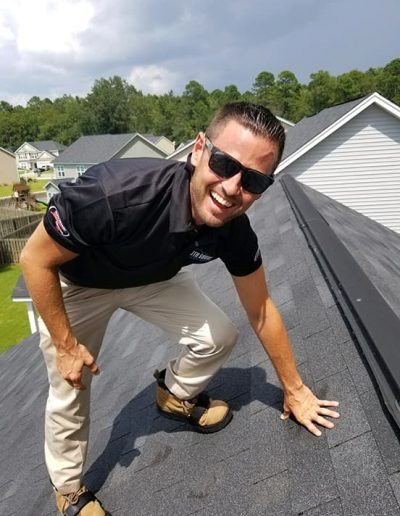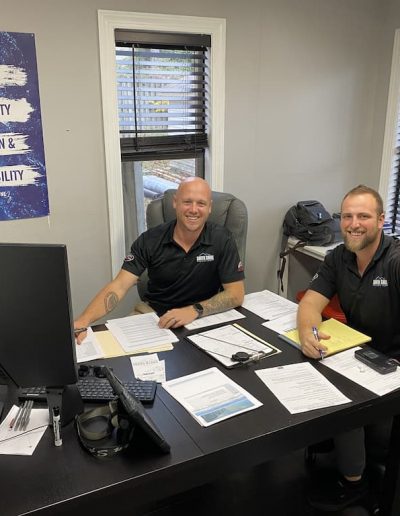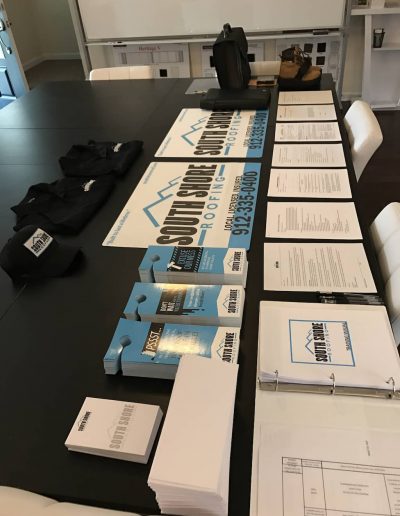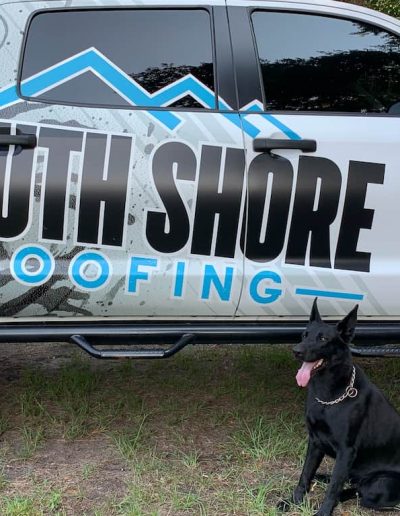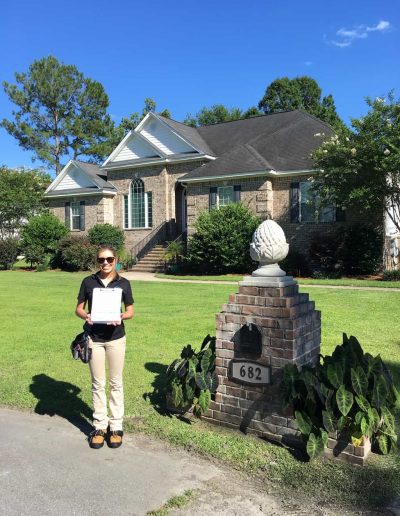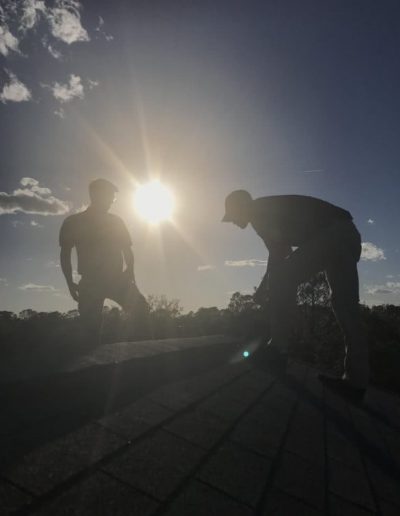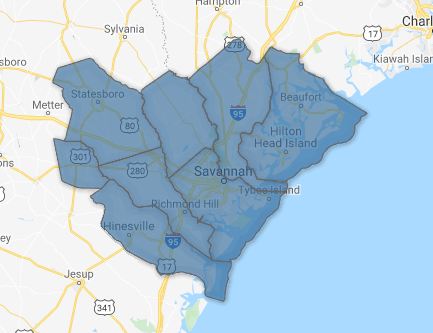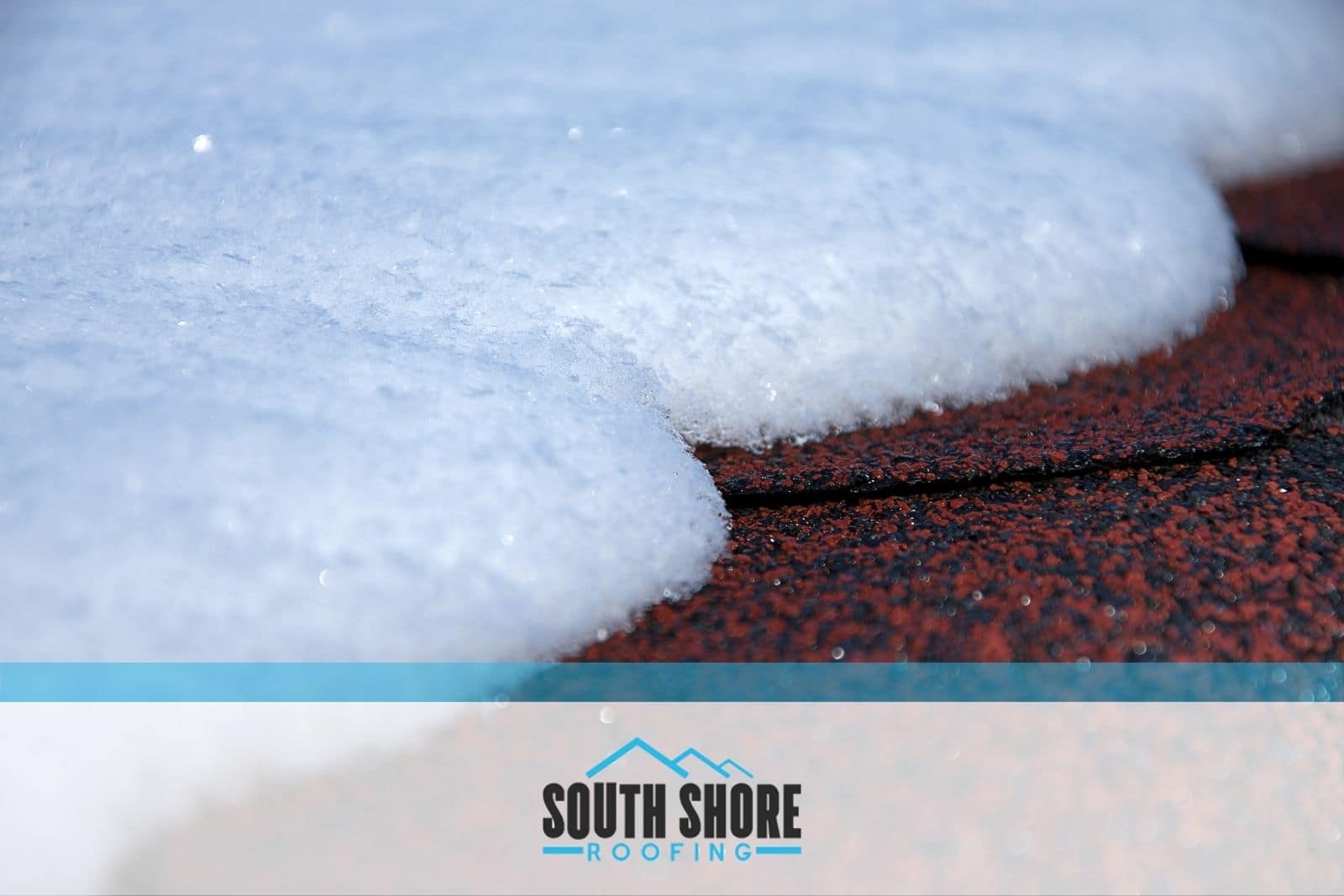
Winter may be a beautiful season to many, but various damages winter conditions can cause on a roof often make this season a nuisance for homeowners.
While some damages may not be preventable, it is always helpful to know what to expect and look for so that you can remedy them on time.
Take a look at some of the most common winter damages on your roof and find out if there is anything you can do to minimize them.
Icicles and Ice Dam Leaks
Ice dam and icicle formation on the roof is one of the most common winter damages that homeowners are faced with.
They are likely to form on roofs where the heat is not evenly distributed. Snow and ice tend to melt on the warmer areas of the roof and then refreeze on the colder ones, forming ice dams.
Ice dams usually prevent melted water on the roof from running off, leading to water pooling on the roof and causing leaks.
Ice dams can also lead to icicles forming on the edge of your roof if the melting water refreezes in those areas.
Icicles then pose two great risks: they can fall off and endanger your health and well-being and they can endanger the health and structural stability of your roof.
While knocking down those icicles may seem like a good and simple solution, it may be just as dangerous as letting them fall off on their own.
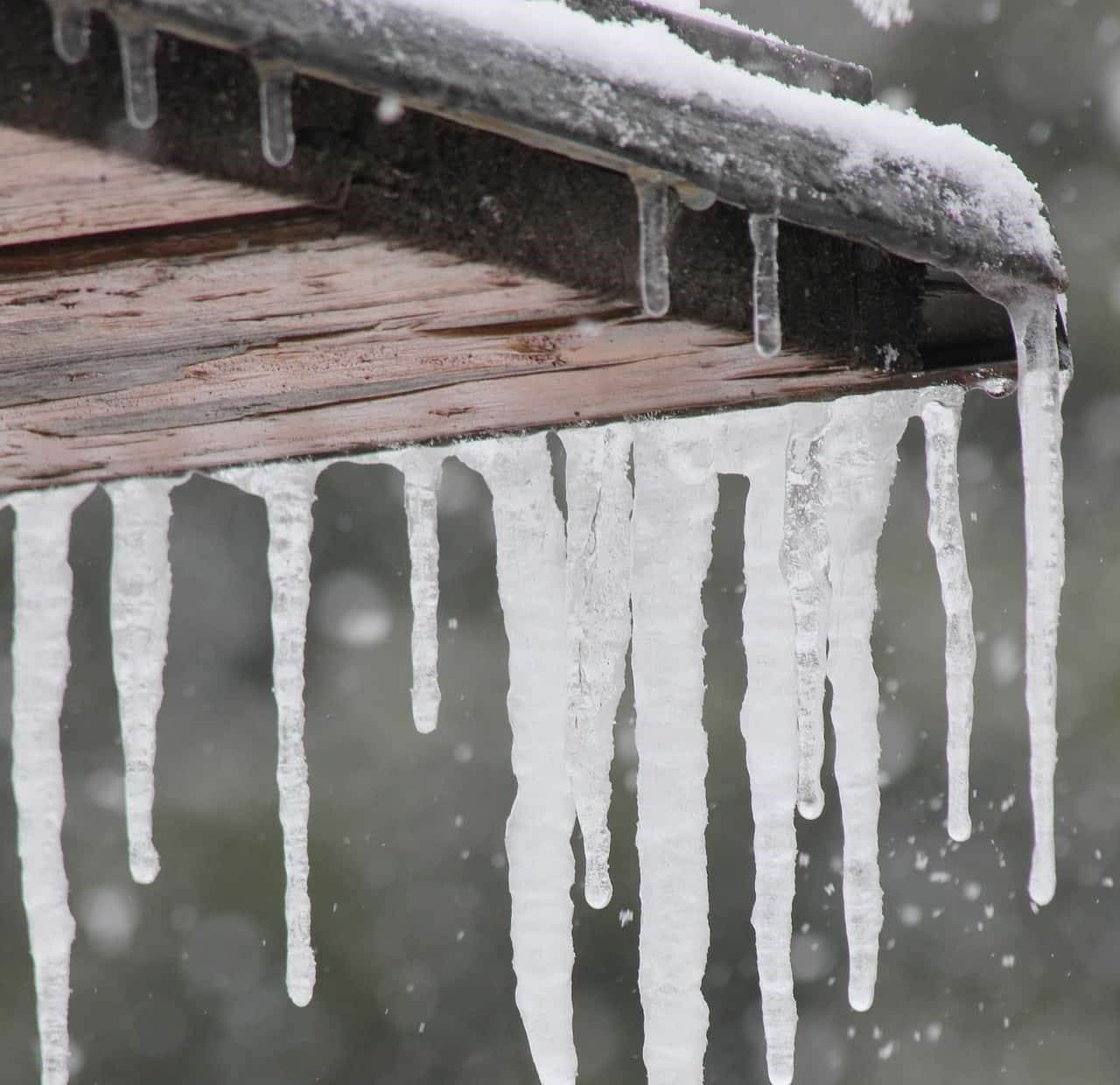
WHAT CAN YOU DO?
The best thing you could do about these issues is to prevent ice dams from forming altogether because once they are formed, a permanent solution is very unlikely.
However, if the winter and snow have already taken hold, there are a few short-term solutions that can help you avoid greater risks while you wait for your roofer to resolve the problems permanently.
When it comes to icicles, you can help to prevent them by maintaining your gutters clean and unclogged.
When it comes to ice dams, one of the things that could help prevent them is blowing cold air toward your roof from the inside of your house, i.e. from the attic, which will decrease the amount of melted snow and ice.
However, if ice dams have already formed and a leak has already developed as a result, you can try to stop the leak. Take your fan and point it toward the leak. This will help the water to freeze and stop the leak from growing and causing further damage.
Detached or Sagging Gutters
Heavy snowfalls, strong winds, and winter storms can seriously affect and damage your gutters as well. It is, therefore, not uncommon to find your gutters sagging, loose, or detached from your house during winter.
Since the gutter system is crucial in preventing water damages, leaks, and icicle formation, it is very important to keep it in top functioning condition.
Therefore, as soon as you notice any damages on your gutters, make sure to call your roofer immediately. The next snowfall or storm can completely rip the gutters off of your property and leave you with more serious and costly damages.
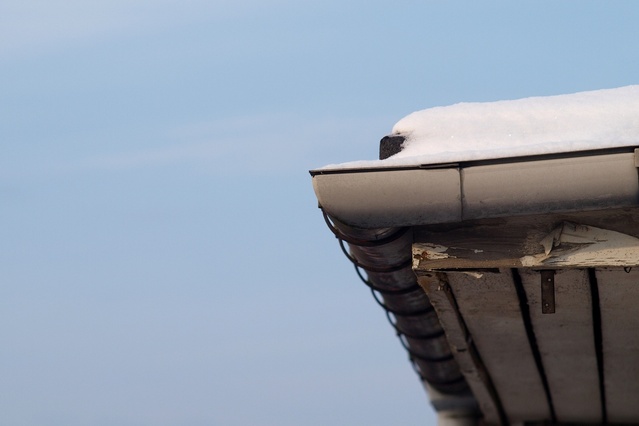
WHAT CAN YOU DO?
While you wait for your roofer, there are some things that you could do yourself – but only if the weather is clear, if the surfaces are not icy, and if it is safe enough to check the gutters on your own.
If you’ve noticed that your gutters are sagging, it may mean that there is too much weight on them, whether from the snow or from some type of debris accumulation.
If the above-mentioned safety conditions are met, you can climb a ladder and try to remove the snow, debris or the icicles from the gutters. This will relieve them from the excess weight and prevent further sagging while you wait for your roofer.
If the gutters have detached from your property, there is not much you can do but minimize the safety hazards of the hanging parts.
What you can do is try to remove those parts so that they don’t damage your property and the rest of the gutter system. Your roofer will deal with all the rest.
Missing Shingles
While a few missing shingles are usually not a cause for greater concern, during winter they may turn out to be one of your biggest issues.
High winds and storms are known to blow off a shingle or two and your roofer should be able to repair and replace them quickly with no further damages to your roof.
However, when this happens during winter or if you already welcomed the winter with a few missing shingles, you may be faced with bigger issues such as leaks and major water damages.
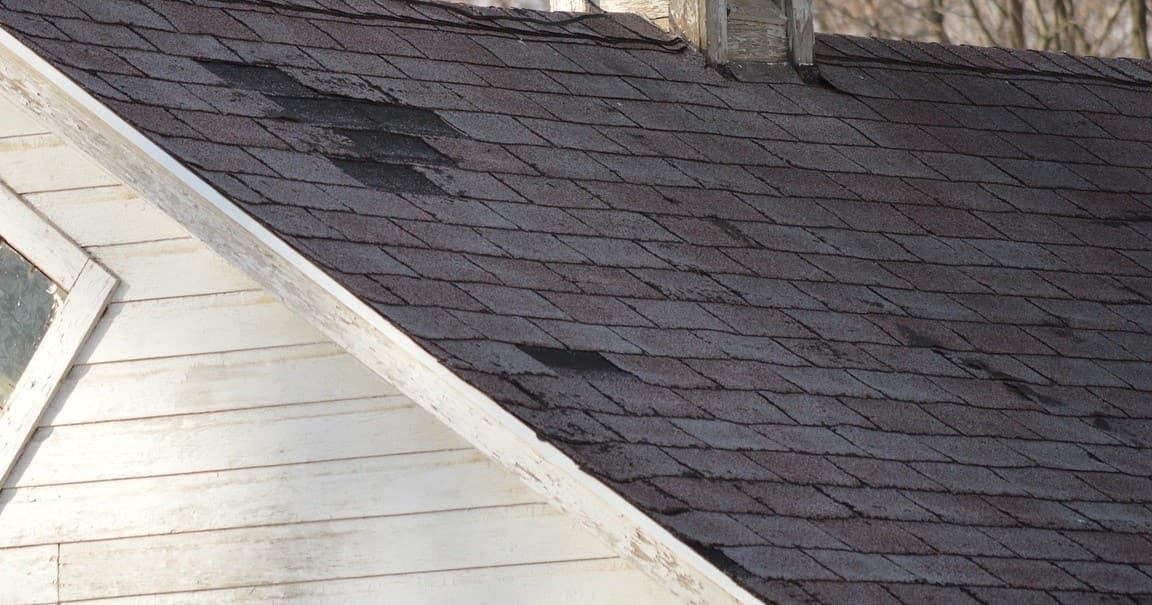
WHAT CAN YOU DO?
Replacing the shingles is not something that you can (or should) do on your own so the best thing to do is call your roofing contractor as soon as possible.
There is also not much you can do to mitigate the damage but you can keep a close eye on your entire property.
By checking your roof from time to time, or after a strong storm, you will be able to see immediately if your shingles have gone missing and call your roofer on time.
And when the shingles are missing, you can keep an eye on your attic while you wait for the roofer, just to make sure no leaks have developed.
Final Thought
Knowing what issues you may be faced with during winter can help you stay calmer and ready to deal with them more efficiently.
You will be more able to recognize the issues as they come, you will know what to look out for, and you will be able to call your roofer on time.
We understand how inconvenient and stressful it may be for a homeowner to experience roof damages during winter, which is why we are always at your disposal to help you in any way.
South Shore Roofing is your most reliable roof repair contractor so don’t hesitate to call us anytime!




















